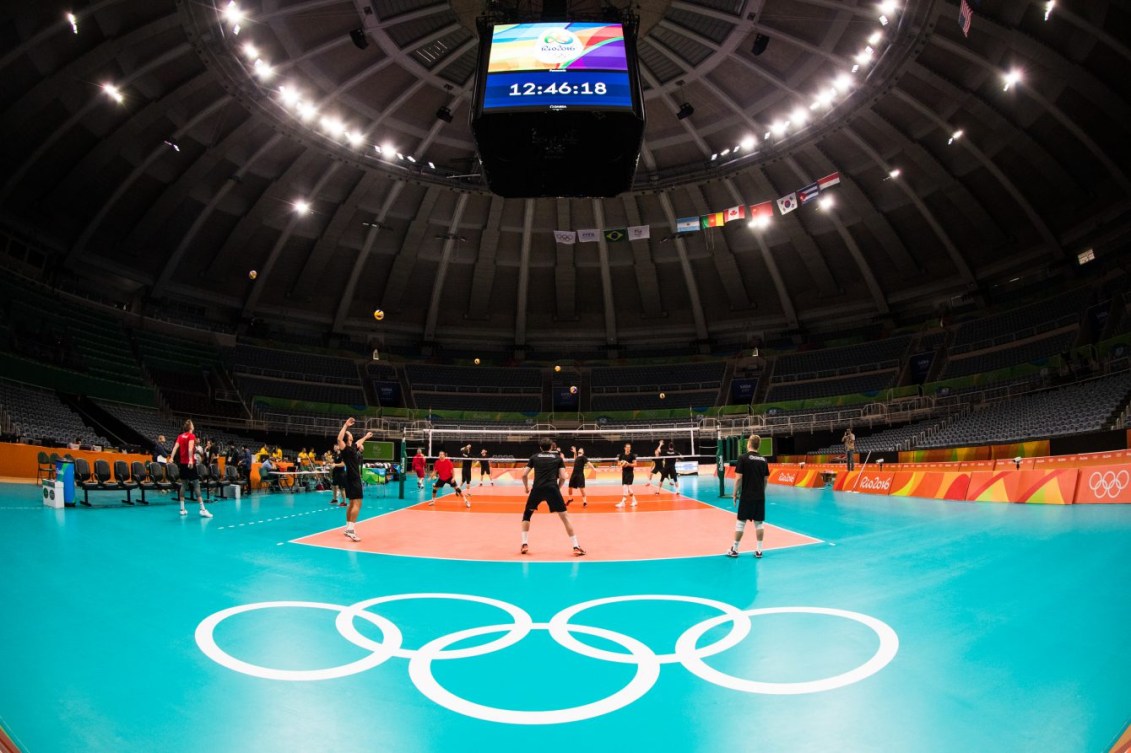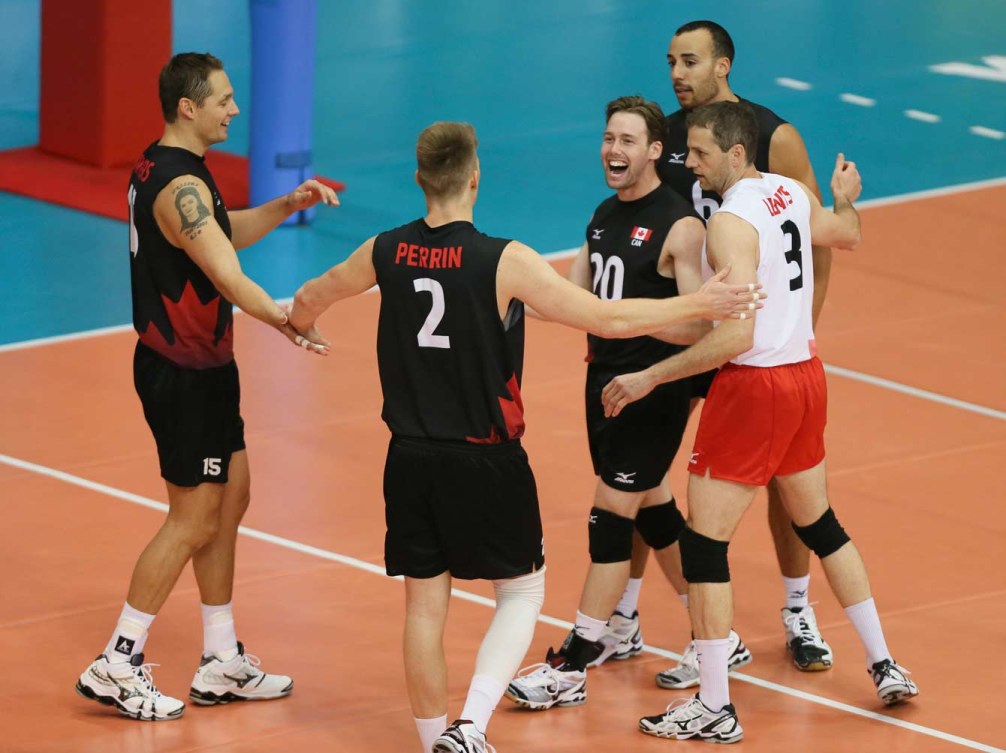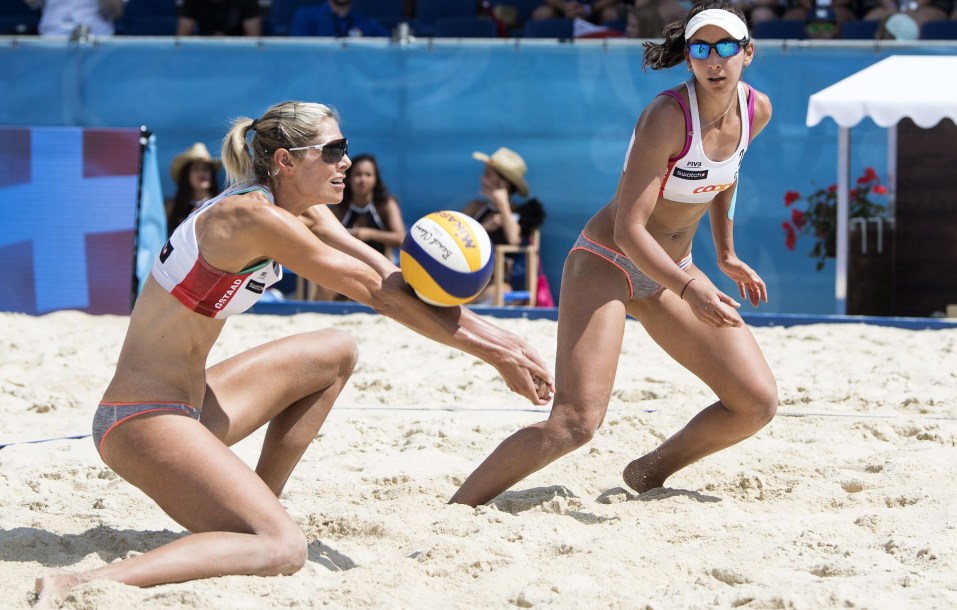What makes beach volleyball different from indoor volleyball?
Whether you’re at a gym or on a beach, you’ll likely spot people playing volleyball.
While the indoor and beach games have similar objectives, sand is not the only difference between the two, so you would be best served to learn what makes each one unique.
When were volleyball and beach volleyball invented?
Volleyball, or ‘mintonette’ as it was first referred to, was created by William G. Morgan, the physical education director of the YMCA in Holyoke, Massachusetts in 1895. Ironically, he developed the sport as an alternative to the strenuous game of basketball, but the current version has evolved from its slow-paced early form. In fact, today’s game sees the ball reach speeds in excess of 130km/h.
It wasn’t too many years later that beach volleyball was born, as courts were placed on the sandy beaches of Santa Monica, California in the 1920s. The first two-person game was played in 1930.
What is the difference in beach and indoor volleyball courts?
Outside of the obvious difference – beach volleyball is played on the sand – the court sizes are also different. The indoor court is the larger of the two, measuring 18m long and 9m wide with a net that is 2.43m high for men and 2.24m high for women. A beach volleyball court is only 16m long and 8m wide, though the nets are placed at the same height as indoors. The sand, composed of fine loosely compacted grains, must be at least 40cm deep.

Team Canada takes the court during their men’s team volleyball practice ahead of the Olympic games in Rio de Janeiro, Brazil, Wednesday August 3, 2016. COC Photo/Mark Blinch
How many players are on the court in beach and indoor volleyball?
Indoor volleyball is played with six players per side, three in a front row and three in a back row. Players will have a specialized position to match their skill set, such as hitter, setter or blocker, but their location on the court will change as they rotate clockwise throughout a match and substitutions are made from the bench.

FIVB introduced a new specialist position in 1998: the libero. You may have noticed before that there’s one player wearing a different coloured uniform from the rest of the team – that’s the libero. This player can be substituted in the backcourt for any player. The libero can’t serve, spike the ball over the net or rotate into the front-line positions. At least one point must be played between the libero coming on the court and going back off. This means that they cannot be on the court for the entire game.
Beach volleyball is played with just two people per side and there are no substitutions. Although there are not specific positions in the beach version, usually one player is known for their offensive game, while the other for their defence.
How long are volleyball games?
Indoor volleyball matches are best-of-five sets (or games). The first team to reach 25 points and lead by two points wins a set. If a fifth set is necessary, it only goes to 15 points, but still with a winning margin of two points.
Beach volleyball matches are best-of-three sets (or games). The first two sets are played to 21 points, with a winning margin of two points. If a third tiebreaker set is needed, it is played to 15 points.
In both sports, action begins when the ball is served and each team is able touch it up to three times before it must be hit back over the net. A rally will ensue until the ball touches the ground or is hit out-of-bounds, at which time a point is awarded. Teams can also earn a point directly from their serve if the ball lands in the opponent’s court without being touched, or if it is touched but can not be returned. This is known as an ace.
Canada’s Olympic volleyball history
Beach volleyball made its Olympic debut at Atlanta 1996 and quickly became a fan favourite. That same year, John Child and Mark Heese defeated Portugal’s Joao Brenha and Miguel Maia to capture bronze, Canada’s only medal in the sport to date. On the women’s side of things, Canada’s best finish occurred in 2004 as Guylaine Dumont and Annie Martin placed fifth.
There are great hopes for more medals to be won at Tokyo 2020 after Sarah Pavan and Melissa Humana-Paredes won the 2019 world title, Canada’s first ever world championship medal in beach volleyball.
On the indoor court, Canada has not had quite as much success as on the sand. Since the sport first appeared on the world’s biggest stage at Tokyo 1964, the Canadian men’s team has only been in the tournament four times, while the women’s squad participated in three Games. Canada’s best finish by either team was a fourth-place finish by the men at Los Angeles 1984. They finished fifth at Rio 2016.
The Canadian men qualified for Tokyo 2020 by winning the NORCECA Qualification Tournament.





